Costco loves its customers. Its customers love a good bargain. For that reason, Costco’s trade-in program is a potentially rewarding program for the customers who love the brand and a good bargain
You can trade in your old electronics at Costco and exchange it for store credits. Then, you can buy anything, including groceries, with it.
The Costco Trade-Up Program
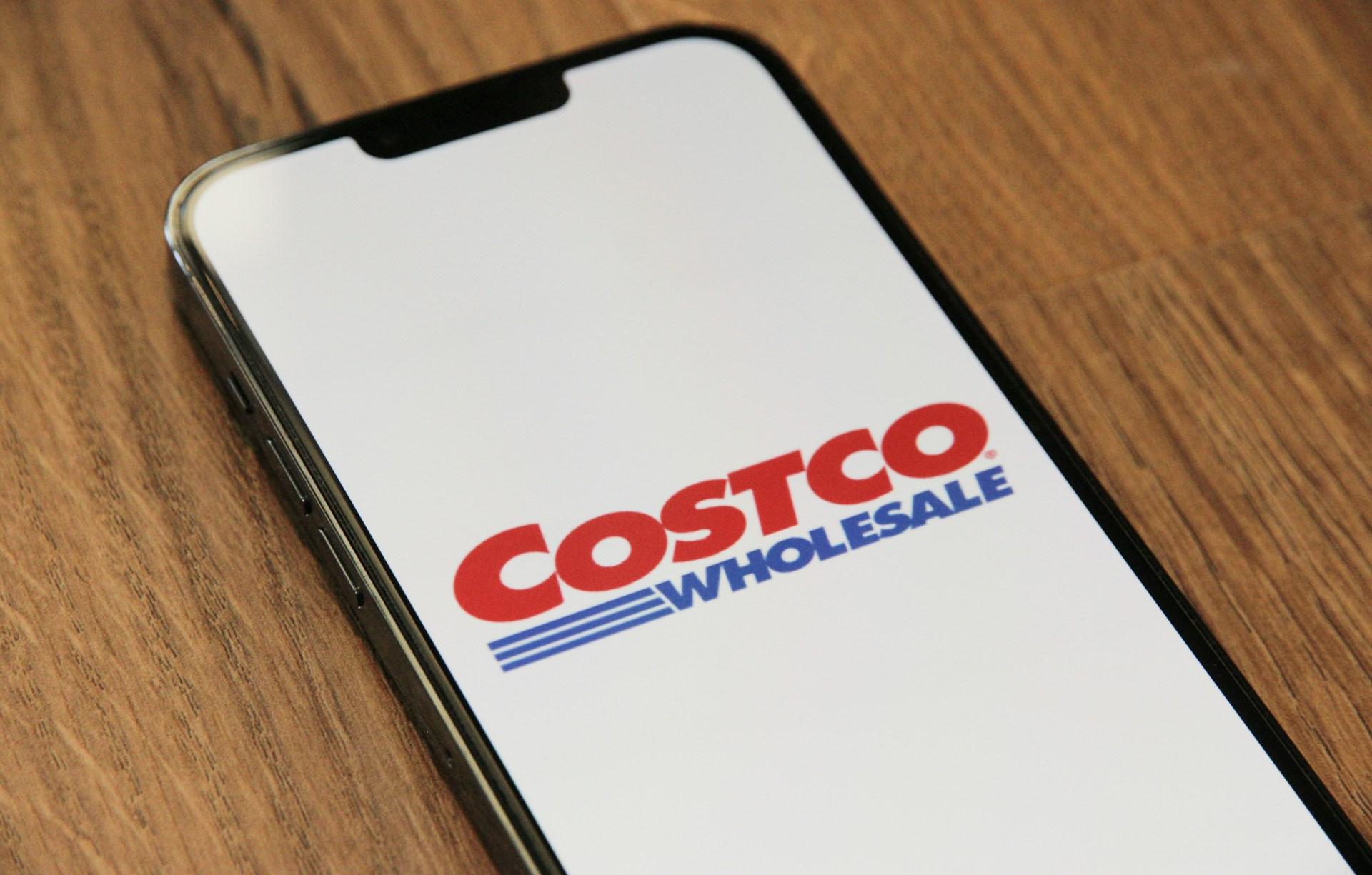
This is how Costco’s Trade-Up program works: customers with old electronic devices (smartphones, tablets, laptops, game consoles) can exchange them at Costco.
Customers will visit the program’s dedicated website and choose the specific device they wish to trade up.
Verification Process
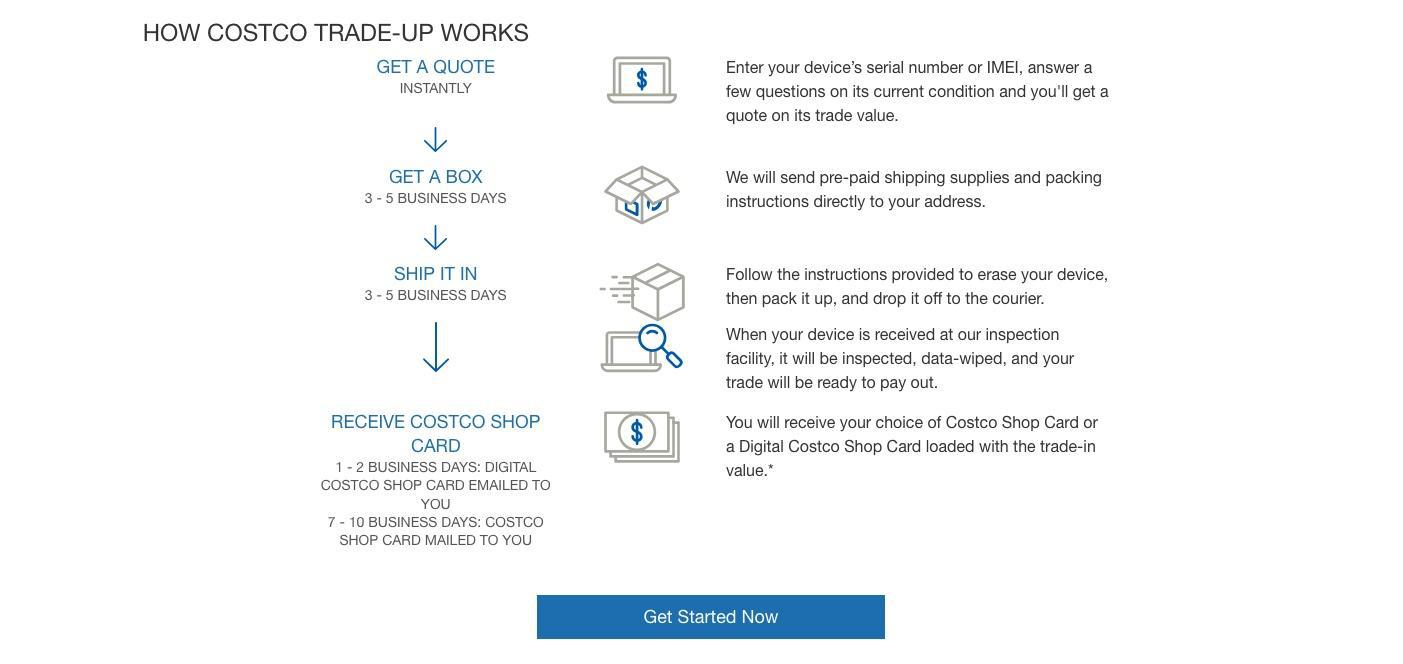
The website will give an estimated price based on the device’s condition and its market value. If the customer agrees to the offer, they will print a free shipping label to send the device to Costco.
Costco will inspect the device upon receipt. Then, a Costco card bearing the amount of the agreed value will be issued to the customer. The card can be received digitally or physically, through the mail.
Some Restrictions Apply

Costco does have some restrictions, though. For example, you can’t trade damaged devices or items that no longer function.
Specific devices may also have particular conditions like minimum storage capacity. So, all customers are recommended to check the criteria listed in the website for each device before starting the trade-in process.
Win-Win Situation
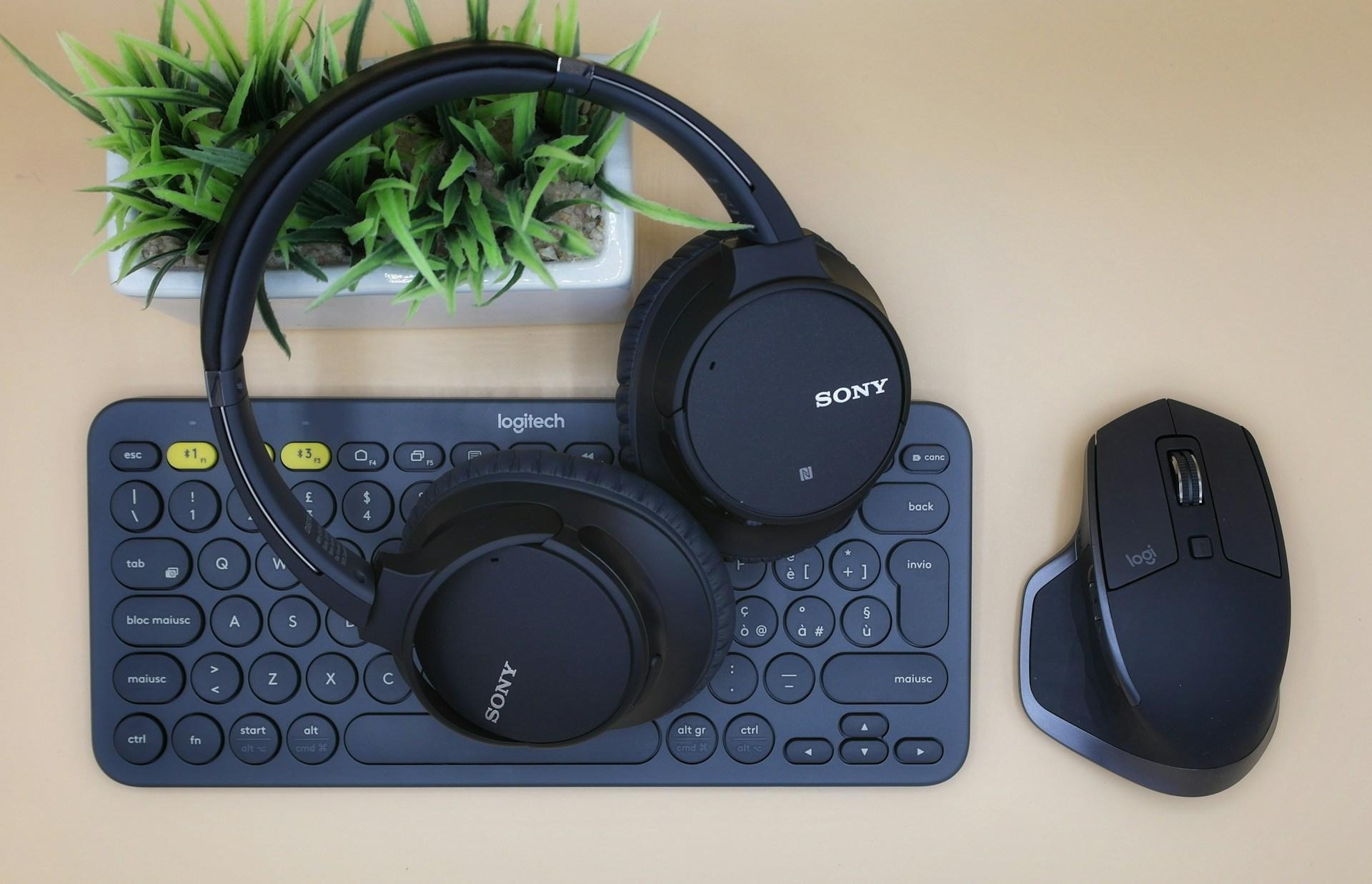
Costco’s Trade-Up program presents a win-win solution for customers whose homes are cluttered with old, unwanted electronics.
They can now declutter and reduce e-waste while simultaneously earning shopping benefits. It’s seamless and it costs nothing to the customers. Costco bears the costs of shipping materials and shipping fees.
Collaboration With Phobio
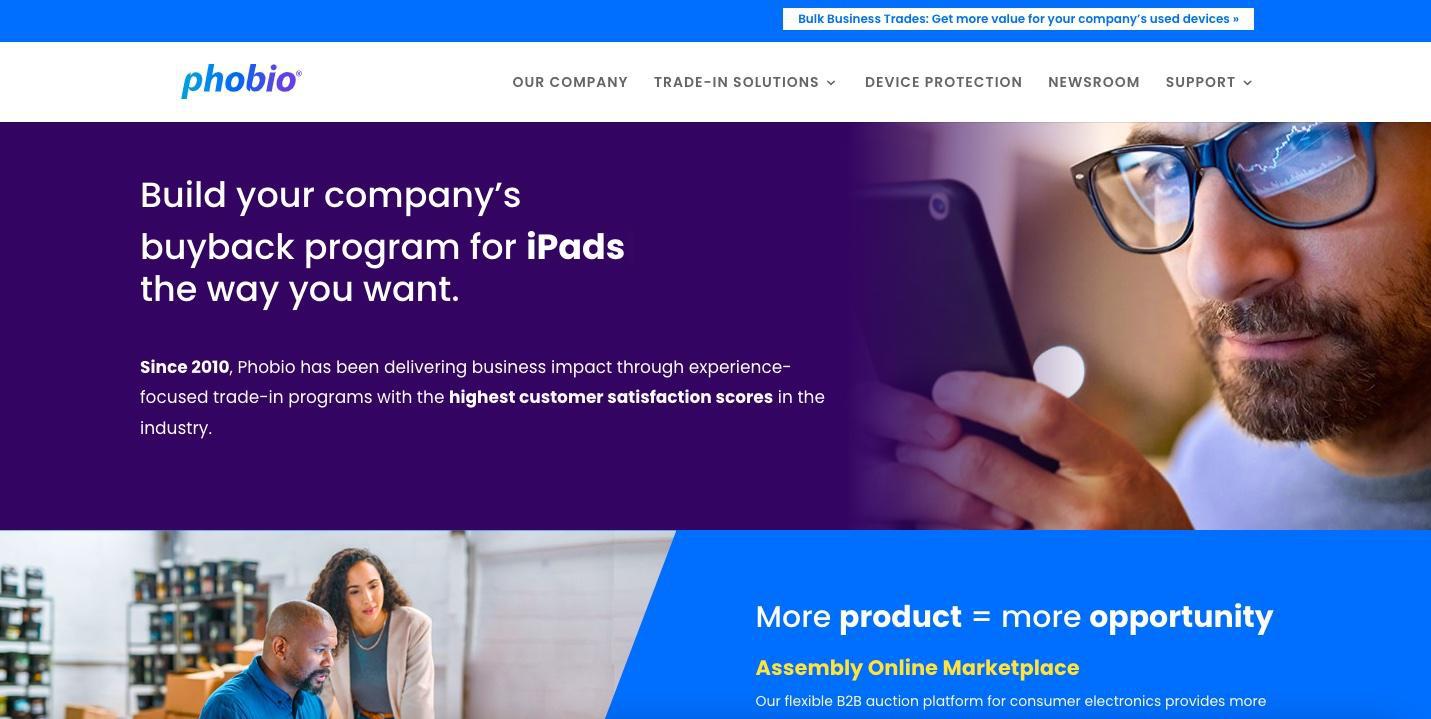
For this program, Costco works together with Phobio. It’s an electronics company specializing in trade-in services that help customers upgrade their devices by giving them value for their old devices.
The company, founded in 2010, will then handle your old devices securely in ways that are safe for the environment.
Trade It for Groceries
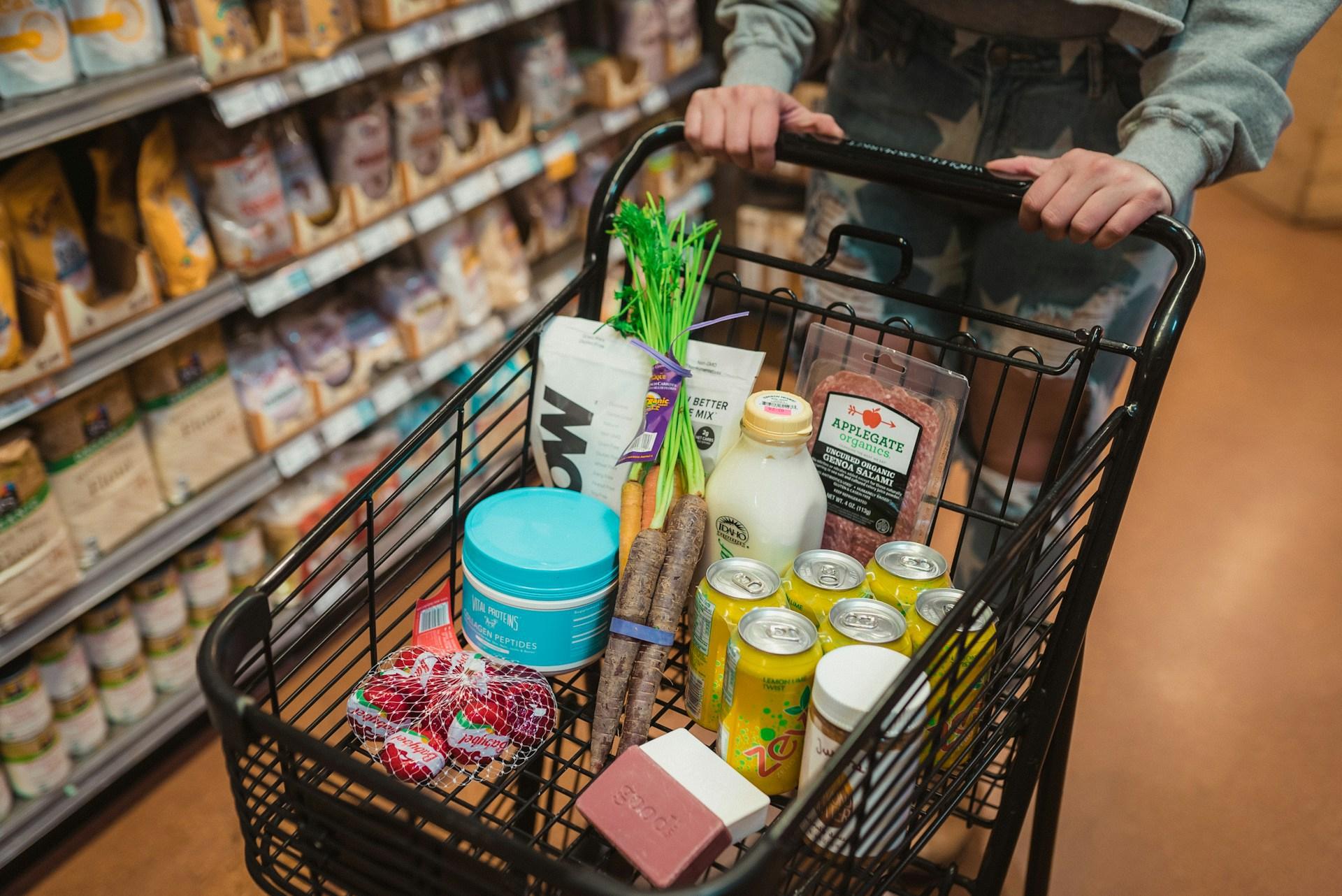
The store credits in the Costco Shop Card you receive from Costco can be used to buy anything in-store and online. This includes your groceries.
However, Costco consumers must be aware that the Shop Card can’t be redeemed for cash. Still, it’s a good strategy to make more room for brand new electronics that won’t be collecting dust.
Not Just Costco
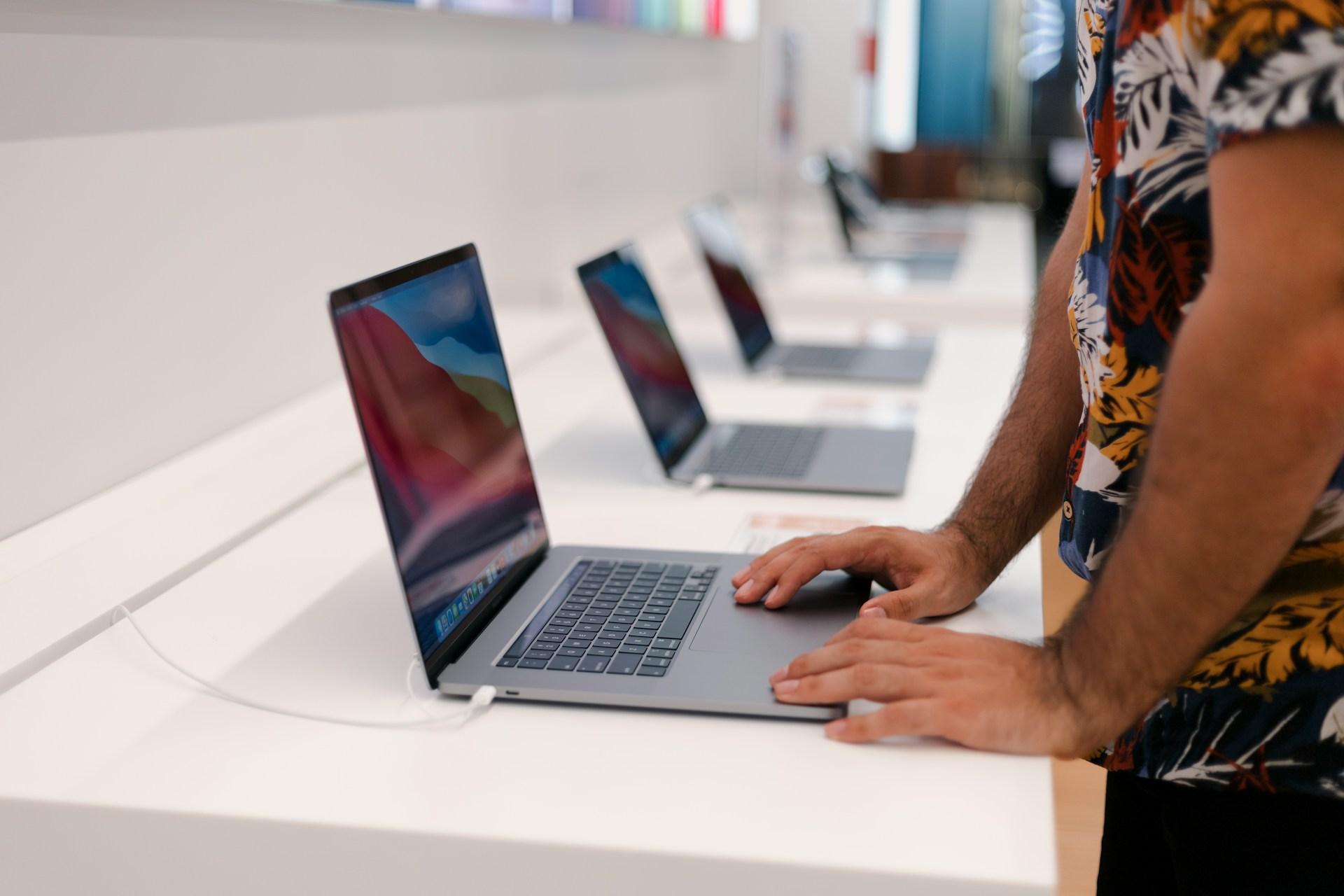
Costco’s not the only one with an electronics trade-in program. Best Buy and Target also have a similar program. Target’s Tech Trade-In Program and Best Buy’s Trade-In cover a wide range of products you can trade in.
The way these programs work is relatively similar all the way: get your old electronic devices valued, receive an offer, and “cash in” through store credits.
E-Waste Concerns
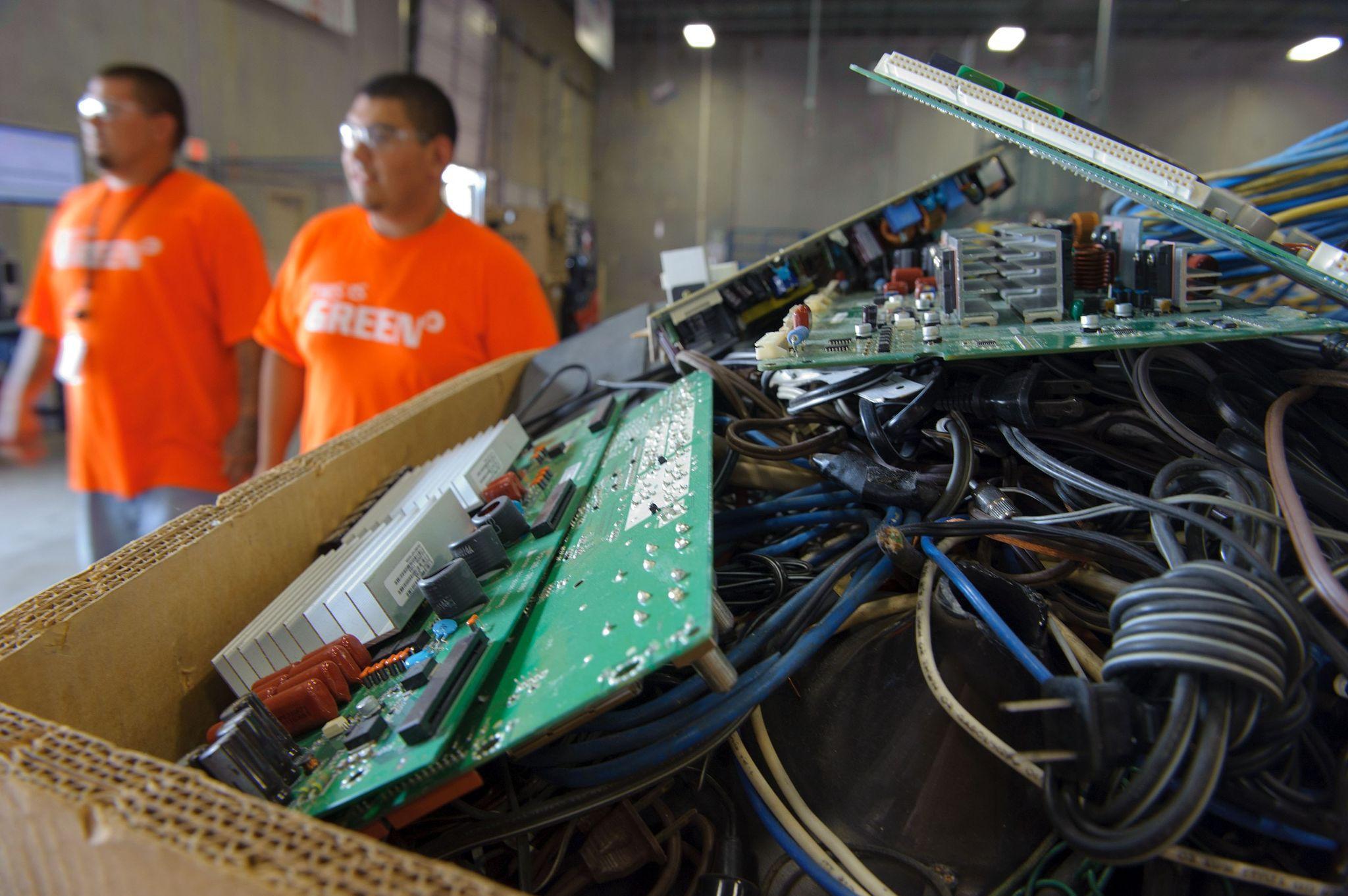
A trade-in program is just one strategy we’re using to address electronic waste or e-waste. WHO reported in 2019 that 53.6 million tons of e-waste were produced all around the world.
But only 17.4 was documented as formally collected and recycled. That left 36.2 million tons of e-waste unaccounted for.
A Rising Environmental Issue
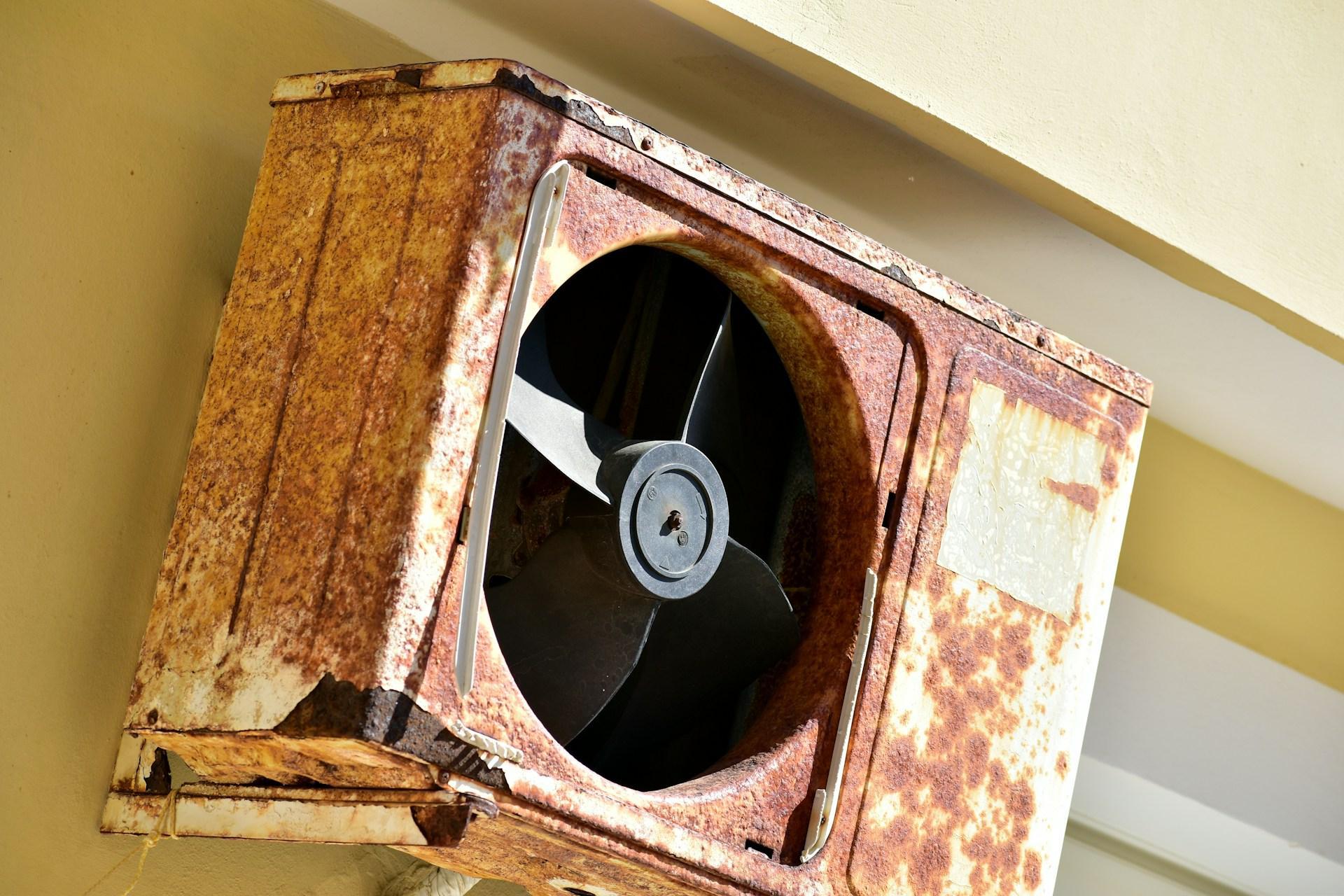
With e-waste generation increasing by around 60% from 2010 and 2019, it’s predicted that by 2030, annual global e-waste production can reach up to 75 million metric tons.
The majority of the world’s e-waste is produced in China, making the Asian continent responsible for almost half of the global e-waste. But Europe is also capable of producing three times more e-waste per capita.
Toxic Electronics
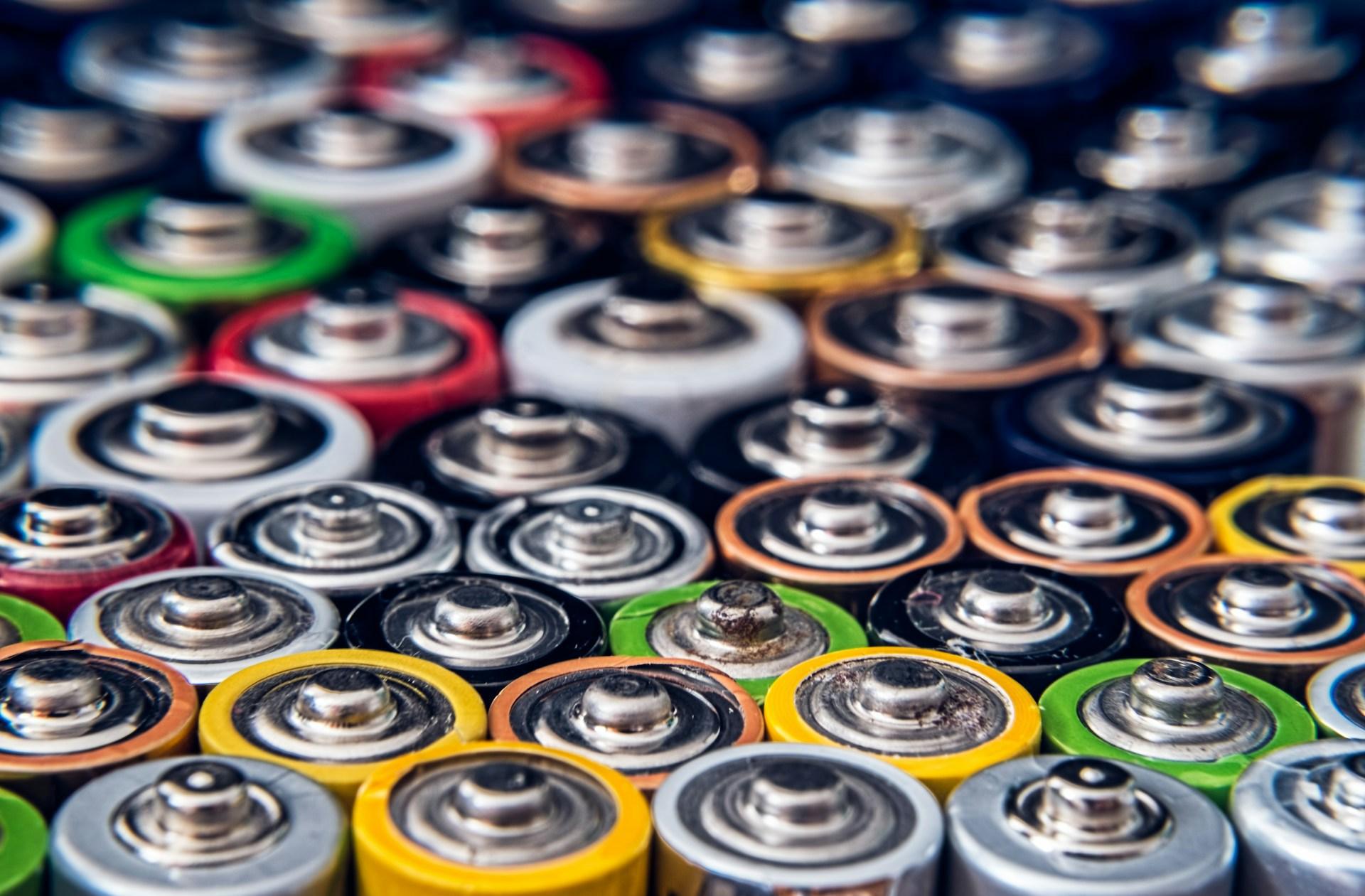
Unfortunately, wealthy countries tend to deal with their electronics scrap by dumping them in developing regions without proper waste management. Africa, particularly Ghana, has been bearing the brunt of the world’s e-waste.
This poses toxicity issues in the waste areas because electronics may have toxic substances in them like mercury, arsenic, and flame retardants. All these substances require proper waste management.
A Little Help
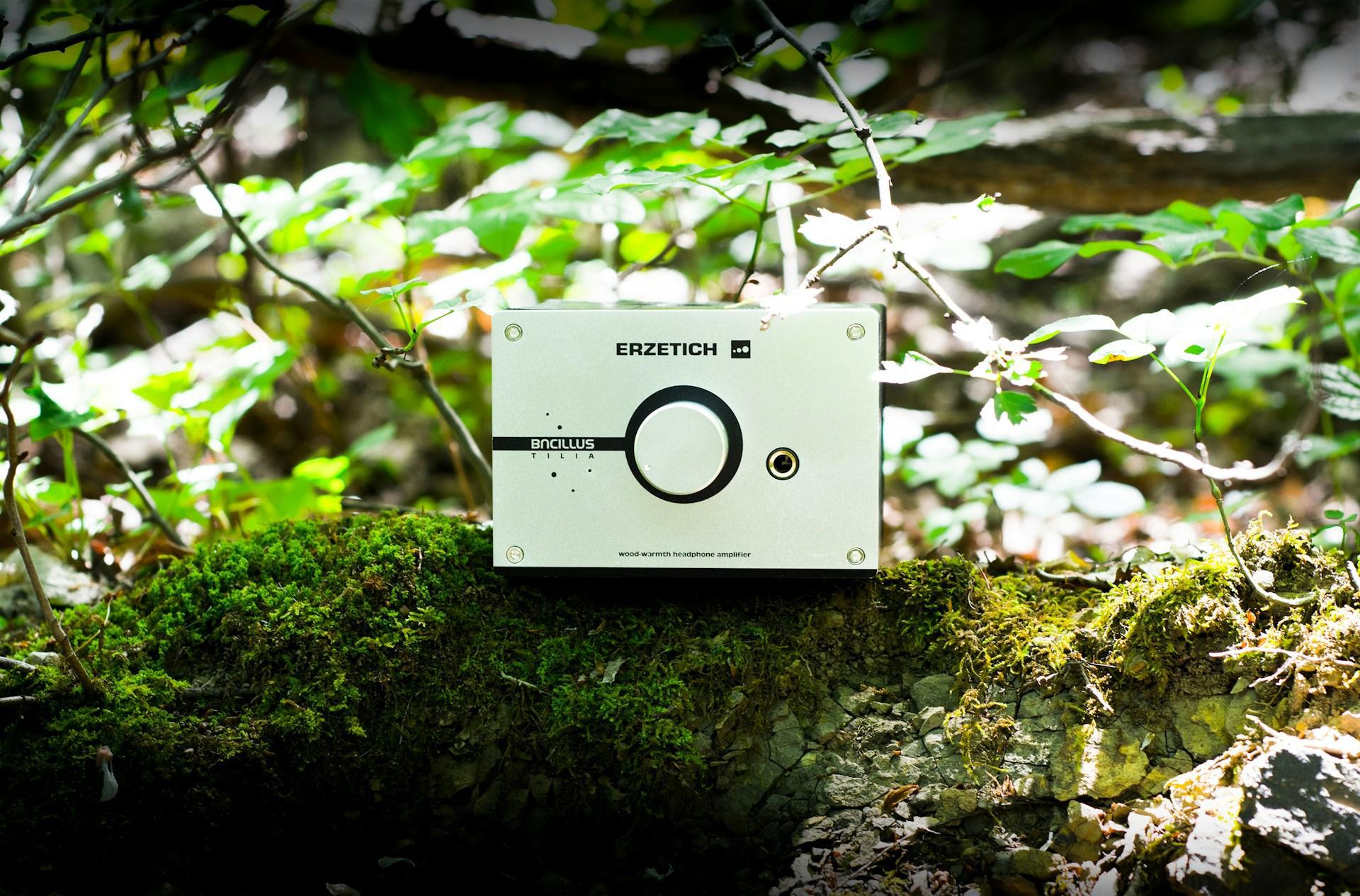
Trading in your old devices with new ones may not immediately solve the problem of e-waste. But it minimizes the chances of old e-parts being abandoned in a landfill.
If more companies can accept trade-ins and work with environmentally responsible partners, the world can be a greener place, while also being electronically sound.
